Retro Replay Review
Gameplay
King Kong’s gameplay offers an immediately familiar platforming challenge: you control a plucky hero scaling the levels of the Empire State Building to rescue a damsel in distress. Instead of rolling barrels, the ape hurls bombs down toward you, forcing quick reflexes and well-timed jumps. Each screen is composed of multiple floors connected by ladders, and you must navigate around both bombs and holes that periodically open in the platforms beneath your feet.
(HEY YOU!! We hope you enjoy! We try not to run ads. So basically, this is a very expensive hobby running this site. Please consider joining us for updates, forums, and more. Network w/ us to make some cash or friends while retro gaming, and you can win some free retro games for posting. Okay, carry on 👍)
The addition of a countdown timer beginning at 990 and ticking away at ten points per second adds a pressing sense of urgency to every jump and climb. If you’re hit by a bomb, fall through a hole, or let the timer expire, you lose one of your precious lives, making every second—and every misstep—count. This mechanic pushes players to find the fastest routes upward while weighing the risk of chasing high-scoring magic bombs versus simply surviving.
Occasionally, Kong tosses glowing “magic bombs” that reward extra points and automatically transport you up one level when successfully jumped. These serve as both a scoring goal and a partial reprieve from the normal floors, adding variety to subsequent climbs. Once you reach the top floor and save the lady, the challenge resets at a higher speed, ensuring that no two rounds feel quite the same and encouraging repeated play to beat personal bests.
Graphics
Visually, King Kong channels the charm of classic early-80s arcade style with chunky sprites, bold outlines, and a limited but effective color palette. The hero’s jump animation feels snappy, bombs flash vividly as they arc downward, and the ladders and floors maintain consistent clarity even on busy screens. While it doesn’t strive for realism, the pixel art successfully communicates each object’s function at a glance.
The background image of the Empire State Building, though static, provides a recognizable urban silhouette that reinforces the stakes of your ascent. King Kong himself looms large at the top of the screen, his animation simple but authoritative—his presence always reminding you of the peril below. The timer and score displays occupy the upper-right and upper-left corners without obscuring the playfield, a thoughtful layout choice given the era’s hardware constraints.
Compared to its inspiration, Donkey Kong, this clone distinguishes itself through the bomb animations: exploding sparks, momentary flashes, and the unique coloration of magic bombs all lend visual variety. The holes that appear in the platforms are neatly communicated with darkened gaps and can sometimes hide just beyond the edge of your screen, encouraging you to pay close attention to every tile as you run and leap.
Story
King Kong’s narrative is as straightforward as it gets—an homage to the classic monster movie—but plays out largely through the action itself. You embark on a rescue mission, climbing floors to reach both the towering ape and the captive lady at the summit. There’s minimal exposition, but the setup is intuitive: reach the top, avoid the hazards, and save the day.
Though the storyline is bare-bones, the game’s presentation of rising danger effectively conveys King Kong’s dominance and your own underdog status. Each new level heightens the stakes—faster bombs, shorter window to react, and more frequent floor collapses—mirroring the tension of an escalating monster movie climax. The narrative need not be complex when the gameplay dramatizes your struggle so vividly.
Between rounds, brief pauses and celebratory fanfare mark your success, but the next iteration of the challenge begins almost immediately. This cyclical design underscores the arcade roots of the experience, emphasizing reflex mastery over long-winded cutscenes or plot twists. For fans of classic arcade storytelling, the simple “climb-and-rescue” loop delivers exactly what you want: a clear goal, escalating peril, and an endless opportunity to prove your skill.
Overall Experience
King Kong stands out as a fast-paced, score-driven arcade platformer that will appeal to fans of retro gaming and anyone who savors precision jumping challenges. The clone’s twist on barrels—switching them out for bombs—feels fresh enough to keep Donkey Kong veterans on their toes, while newcomers will appreciate the immediate accessibility of ladder-and-platform gameplay. The ticking timer and sudden floor holes ratchet up the tension, rewarding focus and memorization.
On the downside, the game can feel repetitive after extended play sessions, as the core loop remains fundamentally the same across levels. The steep difficulty curve, driven by increasingly aggressive bomb patterns and ever-dwindling time limits, may frustrate casual players seeking a more forgiving experience. Still, if you thrive on high-score chases and split-second reactions, King Kong delivers that classic arcade thrill in spades.
Overall, this title offers a compact but compelling challenge, ideal for quick pick-up-and-play sessions or marathon rounds aimed at topping the leaderboard. Its blend of simple story, polished retro graphics, and relentless pacing ensures that each new attempt feels both familiar and fiercely competitive. For those craving a vintage-inspired platformer with a monster-movie twist, King Kong is a rescue mission well worth undertaking.
 Retro Replay Retro Replay gaming reviews, news, emulation, geek stuff and more!
Retro Replay Retro Replay gaming reviews, news, emulation, geek stuff and more!
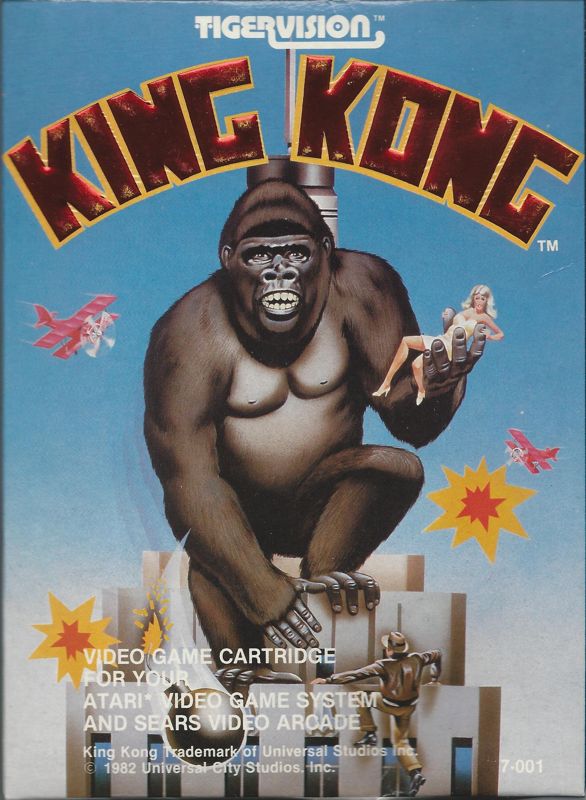
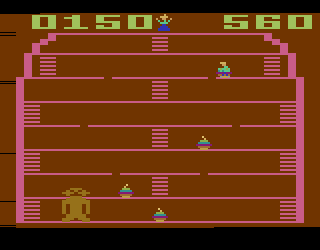
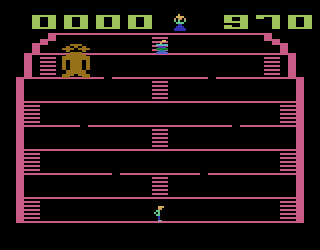
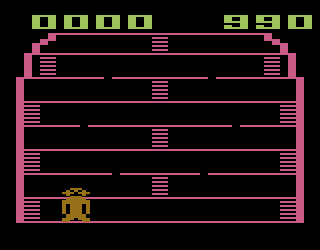
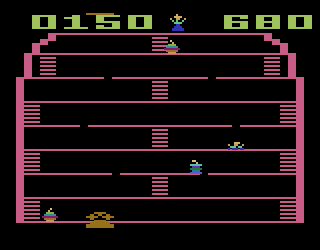
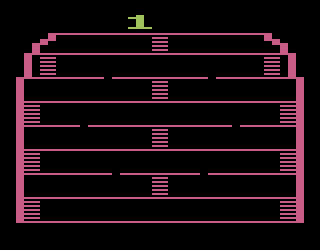
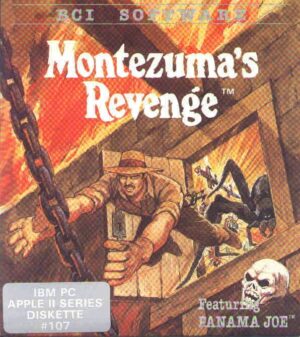


Reviews
There are no reviews yet.